Education students unsatisfied with online learning
March 3, 2021
According to the Winona State University website, “WSU has a long and storied national and international history of innovation and leadership.” This year, the teacher education program is making history with all the change in learning and teaching due to COVID-19.
Students and student teachers alike studying education program have been switched to both learning and teaching online per COVID guidelines at Winona State and surrounding schools.
One of many education students, Gianna LaBrocca, a fourth-year student at Winona State majoring in communication arts and literature teaching (CALT), does not like online learning due to the chaotic nature of some of the classes.
“Many of my professors are unprepared to teach online, so it makes the classes way more difficult to get through as a student, let alone learn a substantial amount,” LaBrocca said.
Aside from just learning to teach, LaBrocca said she feels as if she is receiving a bad experience learning to teach online and is not getting the experience she needs.
All students studying to be a teacher need at least 100 field experience hours before they qualify to student teach. Many students missed field experience hours due to COVID and are unable to be in classrooms.
For Haley Keeney, a third-year student majoring in elementary education, she reached her needed 100 hours but did not feel as if they were as effective as they could have been.
“Because of COVID, we can’t go into schools anymore to see students, so we don’t get that actual experience of working with kids,” Keeney said. “We’re instead watching videos or doing simulations online and neither of those gives us the same experience that we would be getting in person.”
Keeney said her experience learning during COVID left her feeling unprepared for student teaching.
“Yes, I have the knowledge and materials that other students have received in the past, but I don’t have as much student interaction as I should have,” Keeney said. “I’m nervous I won’t learn the teacher things I normally would if I were in a classroom.”
LaBrocca reached her needed 100 hours, but much like Keeney, does not feel as if she has gotten the needed experience.
“I still feel I have missed out on a lot of experience in the last year which has basically given me zero hours of experience,” LaBrocca said.
Some students were able to reach their 100 hours before COVID hit and get their experience in person, such as fourth-year student Kayla Liestman, a CALT major who is student teaching this semester in Rochester, Minnesota.
“Thankfully I had already gotten all my hours in before COVID hit so I did not need to worry about clinical hours,” Liestman said. “But I feel bad for the people who missed out on theirs.”
Liestman had one full semester of online learning before student teaching and was able to gain the experience she felt she needed before she taught online herself.
“Since I was a student and now I am the teacher, I know what students do and do not want to do,” Liestman said. “Having been on both sides, I look back at my professors and I am very impressed with how they do things because many teachers and professors have been told to make online teaching work without having prior experience teaching online.”
LaBrocca observed difficulties of educators teaching online from her own experience.
“I see so many teachers who struggle teaching online for various reasons, and I think I would be one of them if that were my situation,” LaBrocca said. “The face-to-face contact is integral to high-quality teaching and learning.”
As a current student teacher, Liestman said one of the most difficult things is not having personal relationships with students or staff in her placement.
“Being online takes away the relationship aspect of teaching,” Liestman said. “Most of the students and staff I just know by name, but I know nothing of their lives. Building relationships is something I most looked forward to with teaching, so it has made it extremely difficult.”
Keeney said this decline in motivation due to online learning is a widespread problem.
“There’s already a lack of motivation but there’s nothing really to help with that,” Keeney said. “There’s nothing exciting about it, there’s nothing different about it, it’s just the same thing day after day which isn’t great for my, or anyone’s, mental health.”
Liestman said she did not mind online learning and enjoyed the freedom it gave her, but she also recognized her decline in participation and attention.
“Honestly, I didn’t hate learning online because I liked getting to sleep in a bit longer and being able to sit at my desk with my coffee and get a more slow and relaxing start to my day,” Liestman said. “The thing about online learning is that if I didn’t want to be there, I would just shut my computer and go do something else.”
Liestman further elaborated on her preference towards teaching online as it gives her more freedom to run errands between teaching classes and do chores.
Learning from her own experience, Liestman noticed participation as a constant struggle with teaching online.
“Students do not put on their camera and they barely turn their audio on to speak,” Liestman said. “Obviously, teaching online isn’t perfect and there are many kinks to work out, I really do enjoy some parts of it.”
While some teachers are enjoying online teaching, some teachers are not loving it so much. LaBrocca talked about the treatment of teachers during COVID and her own fears along with it.
“The way I’ve seen teachers being so mistreated throughout the pandemic scares me to the point of not wanting to teach anymore,” LaBrocca said.
Liestman shared her confusion and opinion on teaching and learning online.
“Overall, I’m not sure if it is better, or worse, or even the same,” Liestman said. “I just know
it is different.”




























































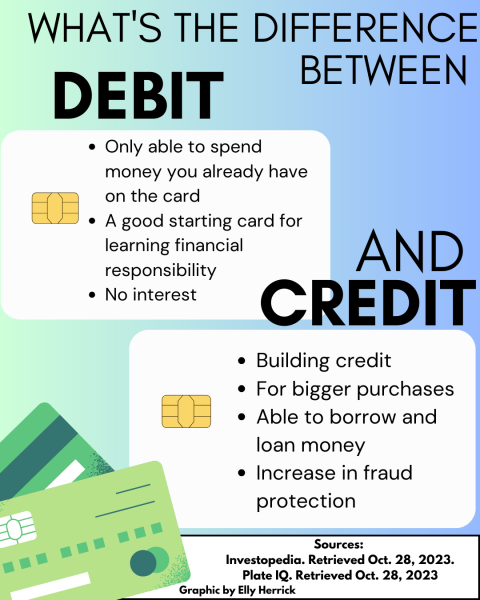
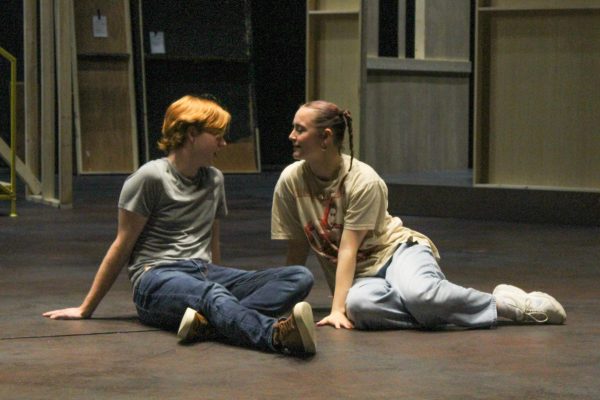

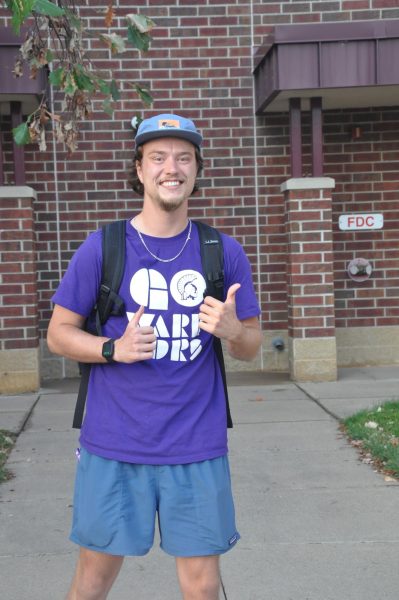
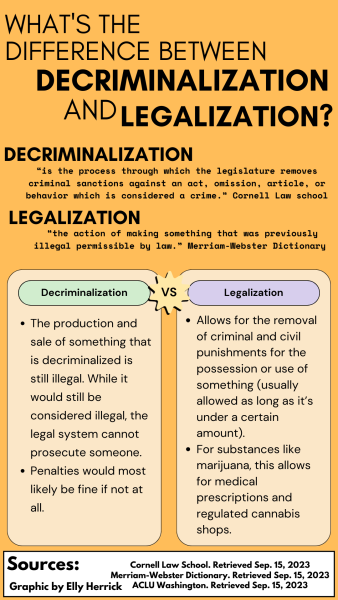
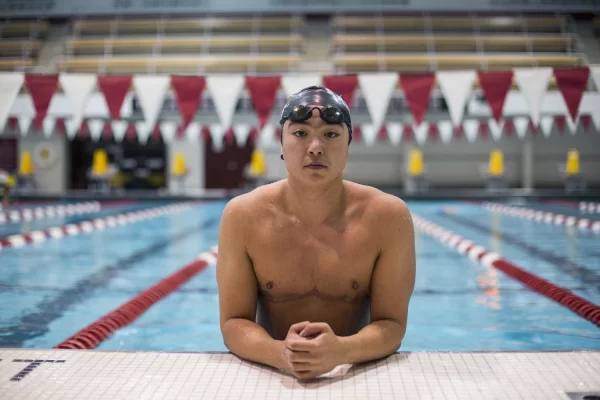
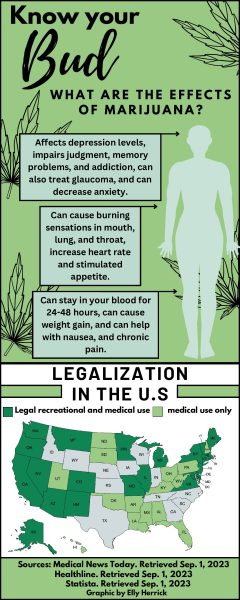
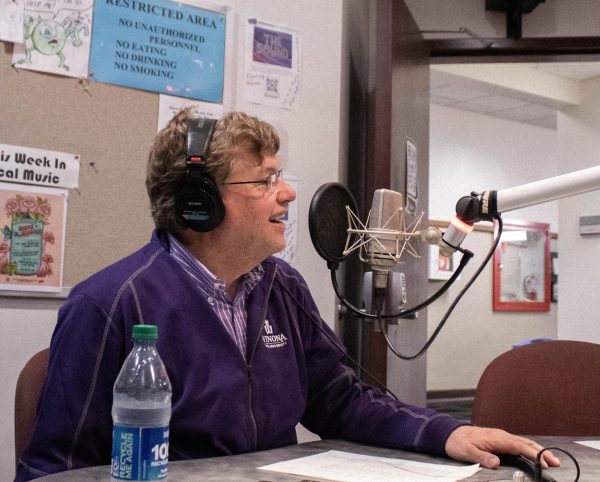
![“[Dr. Berg] you have done an amazing job of building this program and I have always been in awe at your ability to find resources in all sorts of nooks and crannies including your own pocket to bring to campus an amazing women’s history month program,” Dr. Hyamn said.](https://winonan.org/wp-content/uploads/2023/04/52844059083_5f6fb6176d_o-475x344.jpg)
